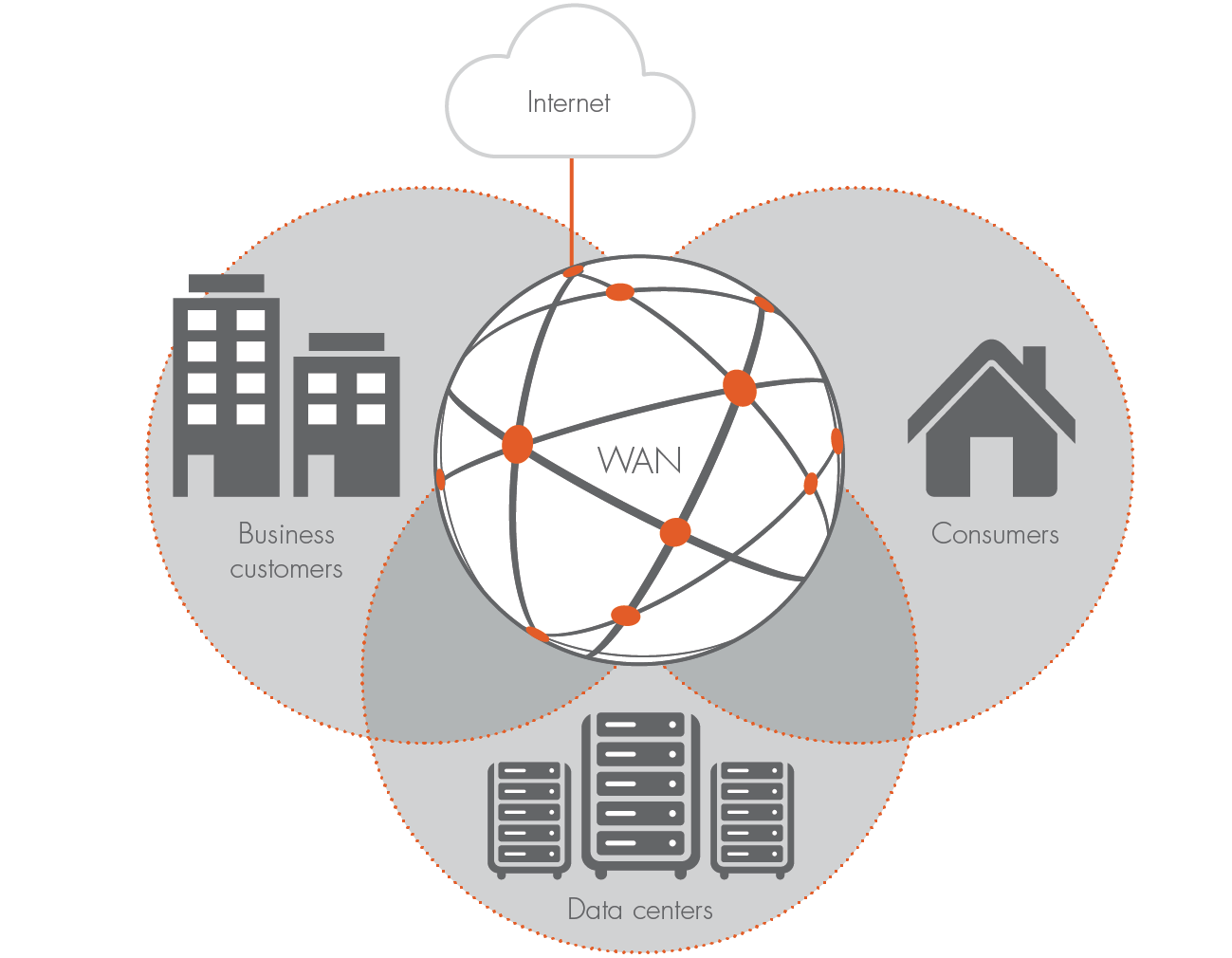Threat detection automation won’t solve all your problems
This vendor-written tech primer has been edited by Network World to eliminate product promotion, but readers should note it will likely favor the submitter’s approach.A recent Network World article argued that automated threat detection (TD) is more important than automated incident response (IR). But the piece was predicated on flawed and misguided information.The article shared an example of a financial institution in which analysts investigated 750 alerts per month only to find two verified threats. The piece claimed that, in this scenario, automated IR could only be applied to the two verified threat instances, therefore making automated threat detection upstream a more important capability by “orders of magnitude.”To read this article in full or to leave a comment, please click here

 Management cites ability to lower bit delivery costs.
Management cites ability to lower bit delivery costs. Verizon is already using the orchestrator.
Verizon is already using the orchestrator. This includes a new SDS solution for storing and analyzing streaming IoT data.
This includes a new SDS solution for storing and analyzing streaming IoT data. EBay is deploying Docker containers on OpenStack.
EBay is deploying Docker containers on OpenStack.
 Legacy players will want to complement their own tech through pure-play SD-WAN acquisitions.
Legacy players will want to complement their own tech through pure-play SD-WAN acquisitions.